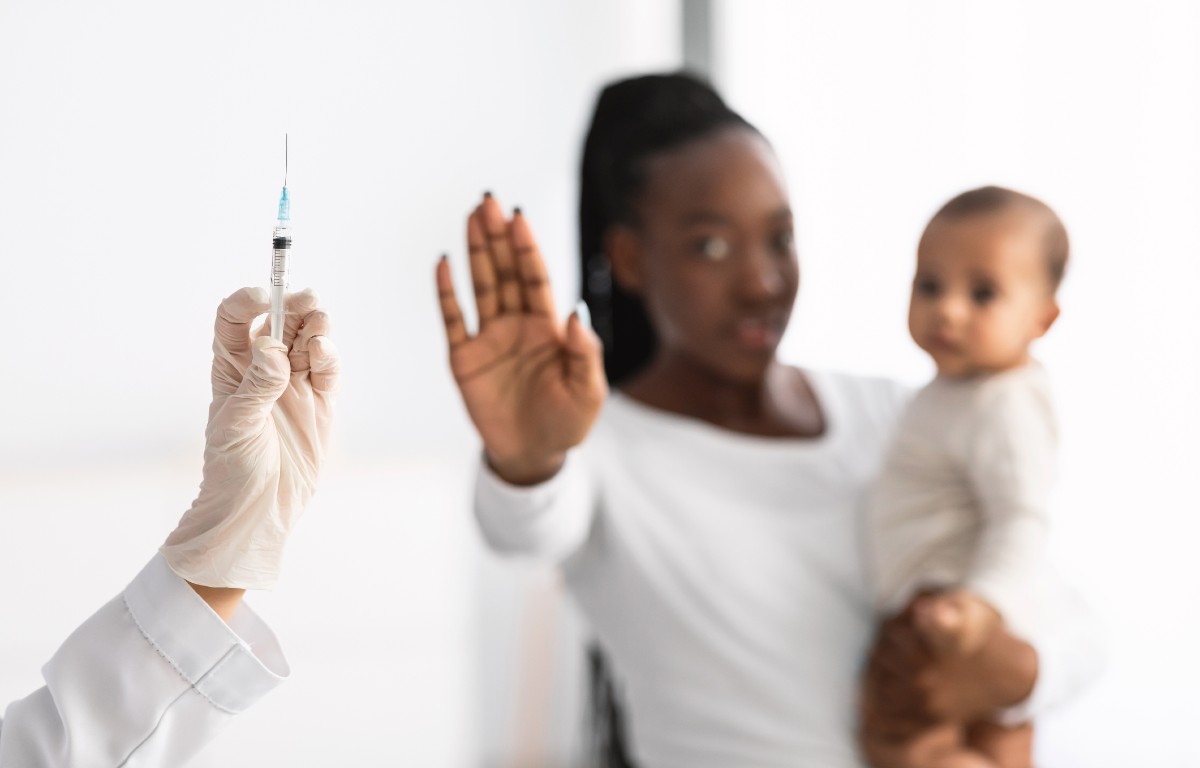
As a pediatric infectious-disease specialist and primary-care physician, I encounter a barrage of medical questions and misinformation about COVID-19 and vaccines. As a vaccine advocate, I’ve gone to great lengths to keep abreast of the dizzying array of new data on these subjects. I’ve boiled down the need for vaccinations to this: “Protect yourself, your child, and others.”
However, even as many parents eagerly anticipate vaccinating their children, there are those who remain wary of the initial rollout. Still others, who choose not to receive the vaccine themselves, are unlikely to vaccinate their children quickly, if at all. This has been demonstrated by a number of studies, including a recent one from Kaiser Permanente showing that approximately one-third of parents plan to vaccinate their children following authorization of this procedure by the Food and Drug Administration, while two-thirds either are hesitant or will definitely not vaccinate their children ages 5 to 11.
A week ago I encountered one such parent, and the depth of our conversation was unexpected and profound. It started with a last-minute request for me to speak informally, over a Zoom call, to a group of parents about COVID-19 vaccines for children. While nervous, I considered myself well equipped with the necessary facts. As the discussion proceeded, a young woman, Nancy, stated: “I’m not really interested in hearing more scientific data, nor do I care to reach out to my doctor for more information on the COVID-19 vaccine when they really don’t know me, and I can get all that I need to know online.” She added that she was a public-health worker, once revered as a hero but now considered a “zero” due to her refusal to vaccinate.
I did my best to respond to Nancy’s comments, realizing two things: (1) she needed to feel heard—an essential element sometimes lost in the modern doctor-patient relationship, and (2) social media have filled the gap in doctor-patient communications, leading many to consider themselves experts on COVID-19, with no way to police the sources of information and misinformation.
I was humbled by Nancy’s statement. One question came to mind: while we as providers bear the responsibility of explaining the science behind the medicine and dispelling myths, is this enough? Perhaps, not
I learned several things about Nancy that afternoon, including her untimely loss of one child (for reasons unrelated to COVID-19); her role as the breadwinner for her sons, ages 8 and 16; and the importance her Christian faith plays in her beliefs and decisions. During a separate Zoom chat, we later discovered that the hospital where she had suffered her loss was where my mom, a nurse, had been hospitalized in a coma due to COVID-19. In that moment it dawned on me how important it is to meet people where they are.
One week later, as was I typing this blog entry, Nancy informed me that, although nervous, she has decided to get vaccinated along with her children. When asked what changed her mind, she replied, “You saw me for me.” That was immensely rewarding, but it was also heartening to know that Nancy saw past me as just another M.D. advocating for vaccines, and that our human connection helped her make a decision.
As we encourage parents who are on the fence to get themselves and their children vaccinated, we must remember that our case can’t rest on data alone. We need to be aware of current social media vernacular and conversations, and see the persons behind the hesitancy. If doctors are truly agents of change, then no matter what ages we are, we must engage with the platforms patients use to learn and communicate. We have to recognize that, with instant access to information on the Internet, patients and their families can enhance their medical decision-making processes. They can also share the burden of responsibility of attaining medical knowledge and accessing services. While technology has enhanced access to care, during the COVID-19 pandemic it has created challenges to existing therapeutic doctor-patient relationships. This evolving digital world calls for a new paradigm for how we as physicians meaningfully care for, educate, and advocate for our patients and their families. Perhaps it begins with reestablishing doctor-patient rapport through genuine connection, listening with intent, and understanding.

